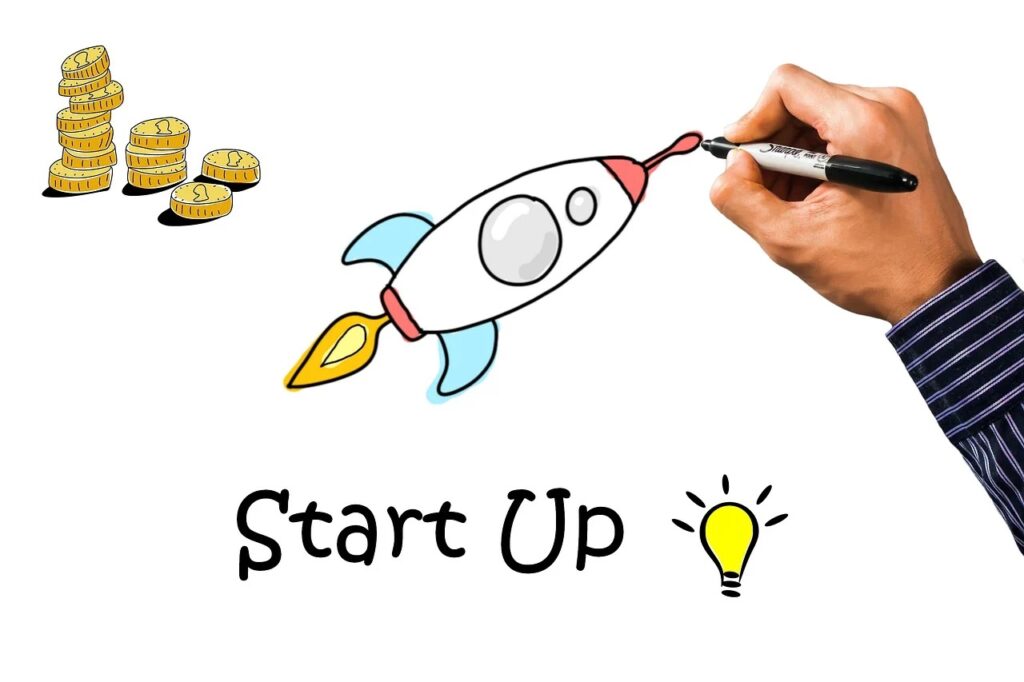
In my adult life, my curiosity about trust deepened when, at 17, I made a costly mistake. I hired the wrong family driver, based on appearance and a neatly written biodata, without doing any background check. On his first day, he carnapped our car. Fortunately, the police later recovered it in Santa Maria, Bulacan.
Looking back, that incident revealed my lack of humility. I did not seek help nor ask for a second opinion, wanting to surprise my family with what I thought was a “good hire.” I even dropped another applicant just because he came in a simple t-shirt and was less articulate. I also missed an important cultural signal: why would a former driver-bodyguard of a politician, wearing a short barong, be willing to drive an old low-end car? That was already a red flag. But I ignored it. My thinking bias was at work.
When I finally reported the incident, I realized I had also failed in empathy. I did not even think about how my father must have felt losing an asset. Yet, instead of scolding me, he simply said, “Learn from it; it’s good no one got hurt.” His empathy taught me what I lacked.
That experience stayed with me. Two years later, when I was elected president of our university’s socio-cultural organization, the biggest and most awarded during my term, I felt I had redeemed myself. But the question remained: why did my father entrust me with that responsibility when I had older siblings? Perhaps, he too wanted me to learn through trust.
At hindsight, the incident was a wake-up call. Later on, anthropologist Chiqui Escareal-Go and I decoded a recurring pattern in human and organizational behavior, a framework we call the Trust Flywheel, which captures 7 signals across 3 dimensions,
The Big Picture: From Humility to Accountability
Trust begins from within, “sa loob”, It starts with humility, being grounded enough to admit what we do not know. From humility flows cultural literacy, which has two parts: first, the knowledge to understand differences; second, the courage to act and transform what doesn’t work. Understanding alone is not enough. Courage completes literacy.
Then comes empathy, the ability to connect with others’ perspectives, to listen with intention rather than judgment. These three: humility, cultural literacy, empathy, form the “inner core” of trust.
But trust must travel outward, “sa labas”, through our visible behavior. Here, transparency acts as the bridge. It connects what is true within to what is seen outside. Without transparency, authenticity becomes questionable and consistency fragile. Transparency sustains credibility, it makes our intentions visible and our actions accountable.
When I delayed reporting the missing car, that was an issue of accountability. I wanted to protect my pride. Yet, the absence of humility and transparency weakened my sense of responsibility. Trust cannot grow where ego hides.
The Seven Signals of the Trust Flywheel
1. Humility
The starting point of trust. It’s the recognition that we do not have all the answers, and that learning from others does not make us lesser, it makes us wiser.
2. Cultural Literacy
Beyond knowledge of norms and context, it includes the courage to act when something in the system doesn’t make sense or doesn’t serve well. True literacy transforms, not just understands.
3. Empathy
It’s not sympathy. It’s being present enough to listen, to imagine what others feel, and to make decisions that consider their humanity.
4. Transparency
The bridge between loob and labas. It aligns our inner intentions with outer actions. Transparency builds clarity and prevents assumptions, it’s the light that sustains trust over time.
5. Authenticity
Being genuine in word and deed. It is not performative; it’s about consistency between what we believe and how we behave.
6. Consistency
Trust is not built on one good act, but on a pattern of dependable behavior. It is reliability in motion.
7. Accountability
Owning both success and failure. Accountability closes the loop, it transforms trust from expectation into assurance.
The Trust Flywheel in Motion
When humility leads, empathy follows. Cultural literacy and transparency reinforce both understanding and openness. Authenticity and consistency sustain credibility, while accountability locks in reliability. Together, these seven signals create a self-reinforcing flywheel, once set in motion, it keeps generating trust, individually and organizationally.
Trust, I have learned, is not granted, it is earned and renewed. My youthful mistake taught me that trust begins not from what we say, but from who we are inside, and how we allow that truth to flow outward through transparency and accountable action.
***
Want your team to learn about the Trust Economy Flywheel and/or Trust-Based Leadership? Email info@mansmith.net to explore the intersection of marketing, culture, and leadership for transformative growth.


